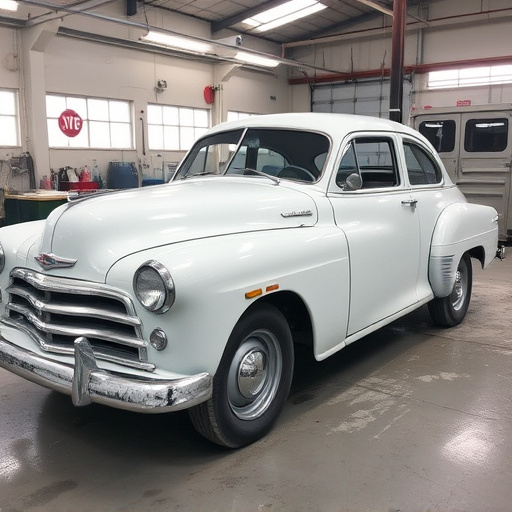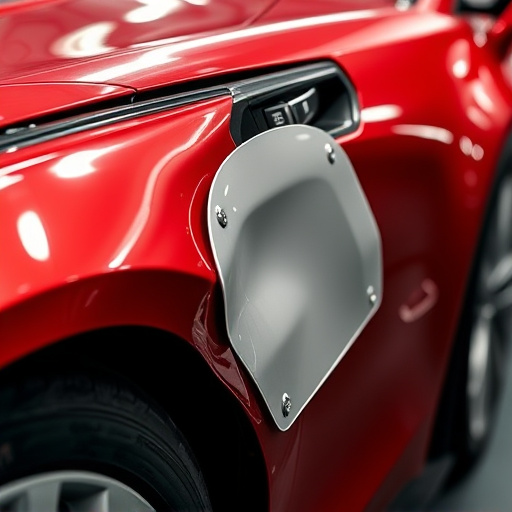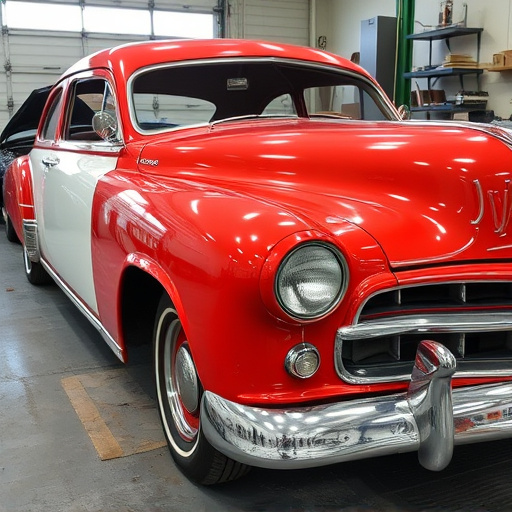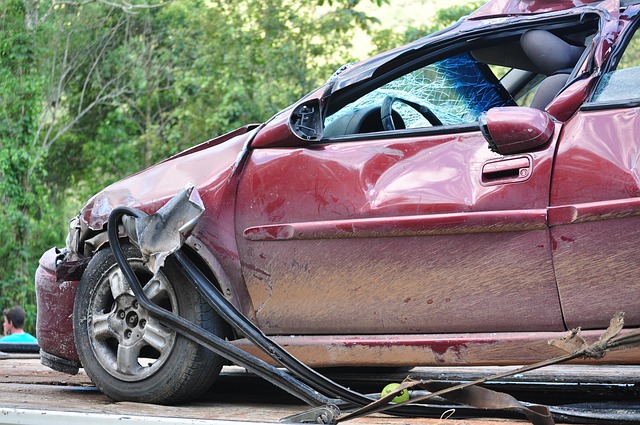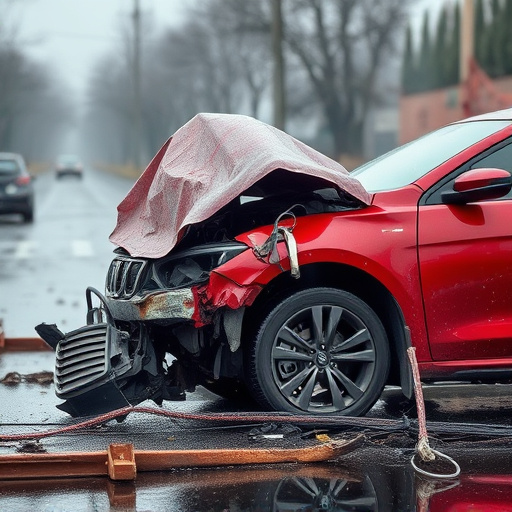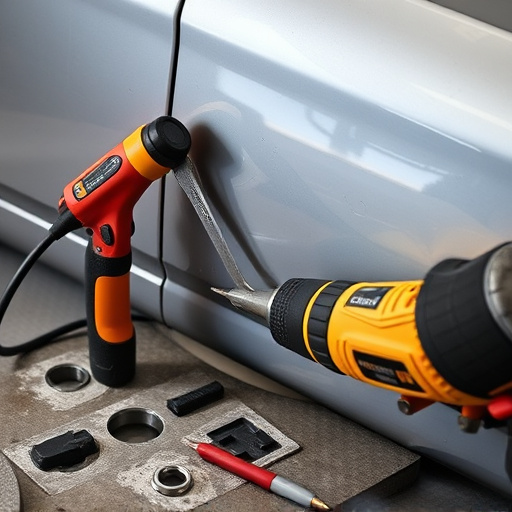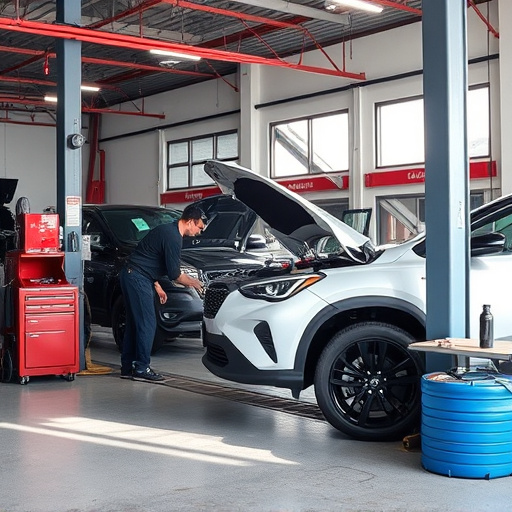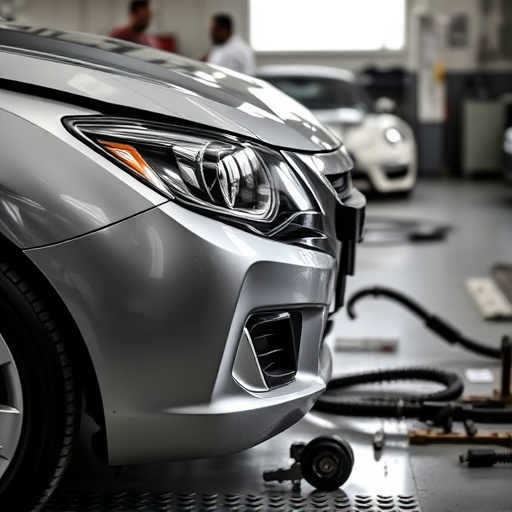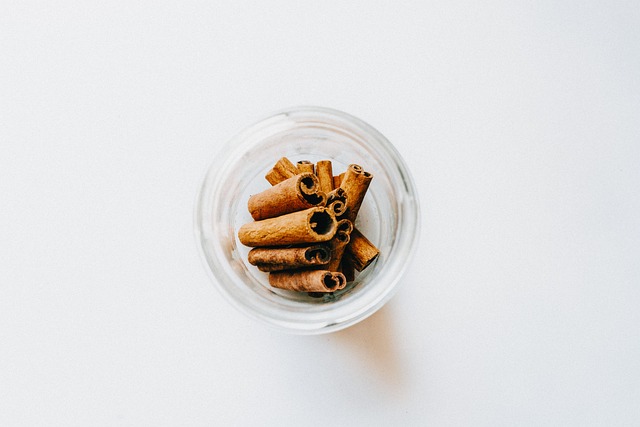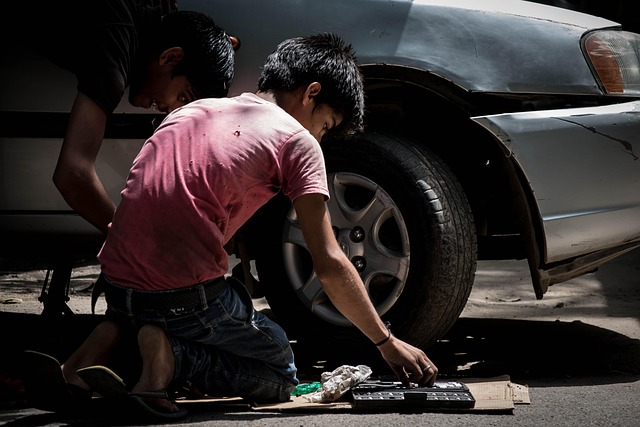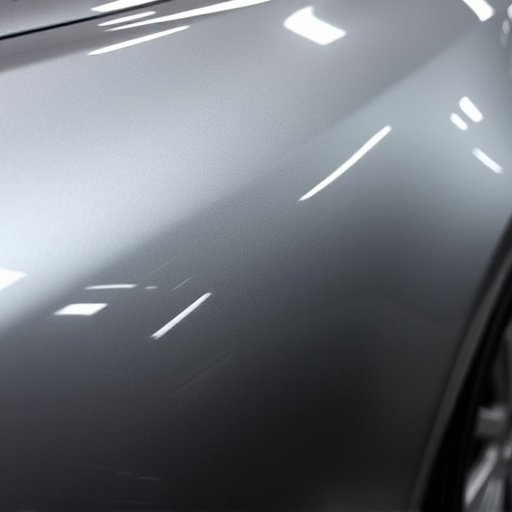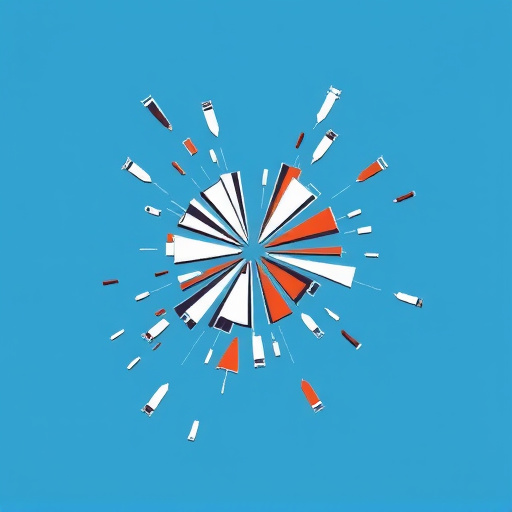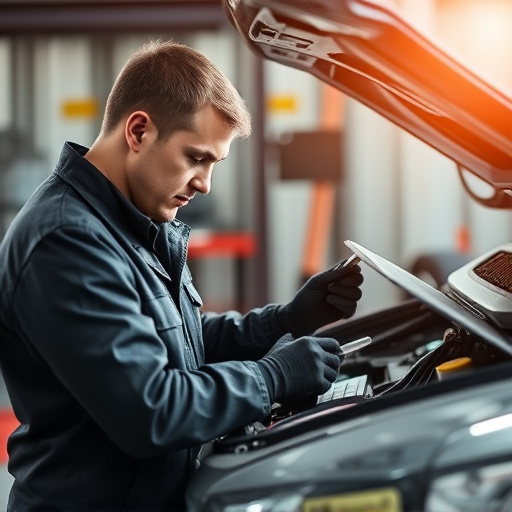Candy paint collision repair is a precise technique used by professionals to restore vehicles with minor damage, matching original colors and textures seamlessly. Contrary to DIY myths, it requires specialized tools, training, and materials. Skilled technicians prioritize detail-oriented preparation, high-quality primers, and advanced blending techniques for flawless results, ensuring vehicles return to pre-damage condition.
In the realm of automotive aesthetics, “candy paint” collision repair has sparked curiosity and controversy. This article unravels the myths surrounding this specialized technique, offering a comprehensive guide for enthusiasts and professionals alike. From understanding the nuances of candy paint to debunking common misconceptions about its collision repair process, we explore best practices ensuring optimal, professional results. By shedding light on these facts, we empower individuals to make informed decisions regarding their vehicles’ restoration.
- Understanding Candy Paint: Techniques and Misconceptions
- The Reality of Collision Repair: Debunking Common Myths
- Best Practices for Achieving Professional Results
Understanding Candy Paint: Techniques and Misconceptions
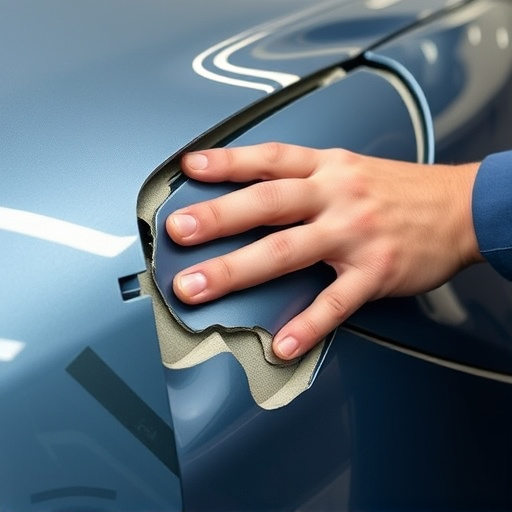
Candy paint, a term often associated with high-gloss, vibrant finishes on vehicles, has become a sought-after aesthetic in the automotive world. However, there are numerous misconceptions surrounding its application in collision repair. Understanding the technique involves appreciating its unique properties and separating fact from fiction.
One common misconception is that candy paint is only suitable for new cars or as an initial factory finish. In reality, it’s a versatile option for both repairing minor scratches and dents (vehicle dent repair) and restoring older vehicles to their former glory. Skilled technicians in collision repair shops can use candy paint to match the exact color and texture of a car’s original paint job, making it nearly invisible once applied correctly. This technique requires precision and expertise, ensuring that the repaired area seamlessly integrates with the rest of the vehicle body.
The Reality of Collision Repair: Debunking Common Myths
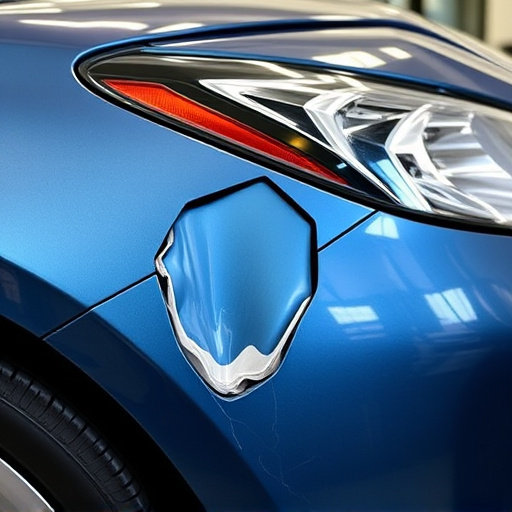
In the realm of car repair services, especially after a fender bender, there are numerous misconceptions surrounding candy paint collision repair techniques. One common myth is that repairing minor car damage, such as dents or scratches, can compromise the integrity of the vehicle’s original paint job. However, modern candy paint collision repair methods employ advanced techniques and materials designed to preserve the car’s aesthetic value without compromising structural strength. These skilled technicians use specialized tools and precision techniques to fill and repair dents, ensuring seamless integration with the existing paintwork.
Another myth often circulates that DIY fender bender repairs are just as effective as professional services. While some minor repairs can indeed be tackled at home, complex candy paint collision repair is not one of them. Professional car repair services boast access to high-quality materials, state-of-the-art equipment, and extensive training, enabling them to deliver flawless results. Skilled technicians understand the nuances of different paint finishes and know how to match colors perfectly, ensuring your vehicle looks as good as new after any car damage repair.
Best Practices for Achieving Professional Results
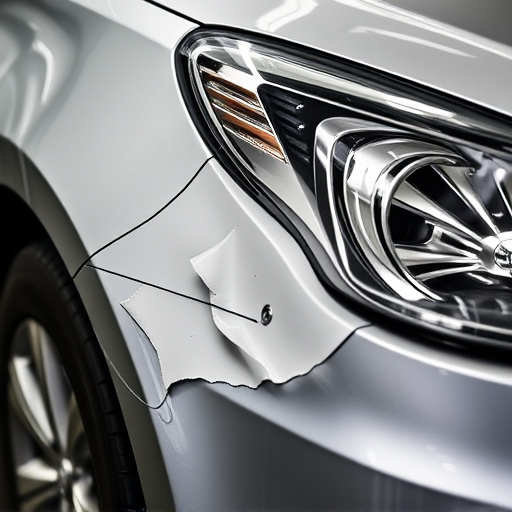
When it comes to achieving professional results in candy paint collision repair, attention to detail is paramount. The process requires a meticulous approach, starting with proper preparation of the car’s surface. This includes thorough cleaning and decontaminating to ensure the new paint adheres perfectly. Utilizing specialized equipment like dust extractors and sandblasters can significantly enhance the outcome by minimizing dirt and debris.
For optimal results, professionals recommend using high-quality primers and undercoats tailored for candy paint jobs. These bases lay the crucial foundation, allowing the vibrant topcoat to shine without imperfections. Consistent application techniques and even drying times are essential to maintaining the integrity of the repair. In a vehicle body shop, skilled technicians employ advanced tools and techniques, ensuring precision and a seamless blend with the existing finish—a far cry from DIY attempts at car body repair.
In conclusion, while candy paint collision repair offers stunning finishes, it’s crucial to dispel common myths. By understanding the techniques and realities of this specialized process, professionals can achieve top-notch results, ensuring vehicles look as good as new. Adhering to best practices guarantees not just visual appeal but also structural integrity, making informed decisions essential for optimal candy paint collision repair.
